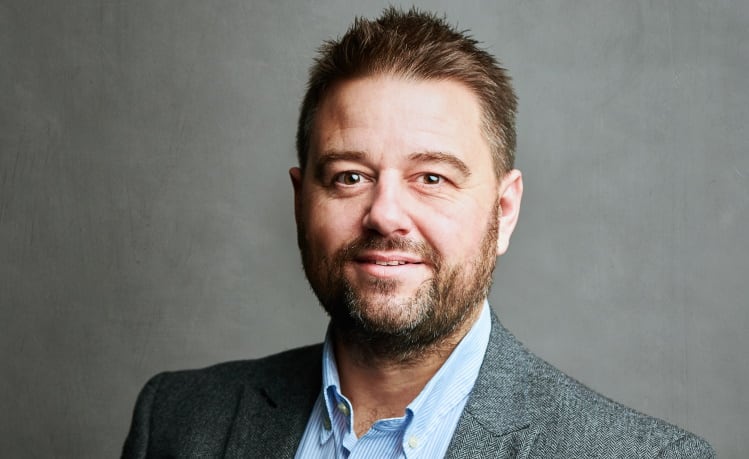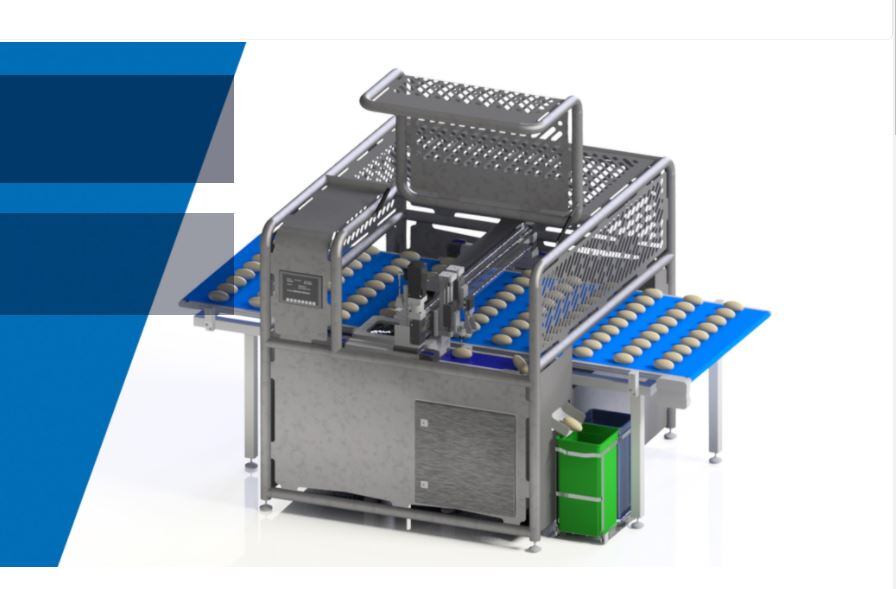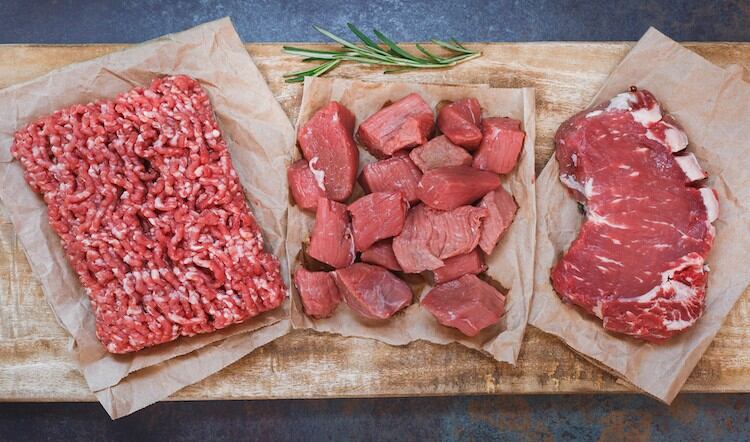As we have witnessed during the pandemic, a crisis offers the chance to focus all our innovation and creativity toward a very real problem. The problems are staring you in the face, and we do a much better job about picking solutions.
The food & beverage industry has had no shortage of issues to tackle in this regard. Look no further than foodservice to see the tragic, lasting damage continued lockdowns are doing. However, necessity is sometimes the mother of invention, and in the world of safety & compliance, we have had the unique challenge of maintaining good governance and oversight with the ongoing absence of physical audits.
Positive disruption
This is not as simple as it sounds, for an industry that has largely relied on annual third-party audits. But perhaps the pandemic has accelerated change and allowed disruptive solutions to fill the void?
If an alien landed on earth tomorrow and you asked them to build a system of surveillance and compliance, they would not start by giving a human a clipboard and standing them in a field or factory. However, that is still largely where we are, and although a clipboard has probably been exchanged for an i-Pad these days, the framework has remained largely unchanged for decades.
Emerging technologies such as blockchain and supply chain mapping have come to the fore, but most forms of surveillance still rely on audit for evidence gathering, focused on suppliers and facilities or financial tracking … But should the greater focus not be the product itself?
Is the raw material what it is claiming to be? Is it consistent with declared attributes? Was it produced using the seed, feed, breed or other inputs that were in the specification? Is it therefore safe? It is now well over a year since many facilities have seen an audit, and perhaps another six months until they resume, so has anything emerged to tackle this issue?
Remote risk management
Food Forensics has developed a programme of remote raw material surveillance, driven by a blend of cloud-based technologies and real-world science, called SafeGuard+.
The pandemic has without question accelerated our thinking, and we were inspired by the application of technology and collaboration witnessed during the last 12 months as we have tackled this crisis.
Our solution allows us to collect reference material from supply chain, virtually witnessed in the cloud and shipped using barcoded, tamper-proof packaging. Samples are then fingerprinted using cutting edge laboratory techniques such as Stable Isotope Ratio Analysis (SIRA) and matched against raw materials further downstream or at point of sale.
Supply chain mapping
The risk insight and results are delivered using our digital platforms, and can be exchanged in real-time, enabling data driven decision making. We have even built integrations with leading tech platforms for specifications and supply chain mapping, delivering a robust programme of environmental fingerprinting supporting mapping or blockchain, transforming transparency into genuine traceability. Our pilot programs are very exciting.
Despite the many challenges COVID-19 and Brexit have presented us with, this is a unique opportunity to embrace innovation and new ways of working, after all, after the rain comes the rainbow.
Rick Sanderson is business development director at Food Forensics




